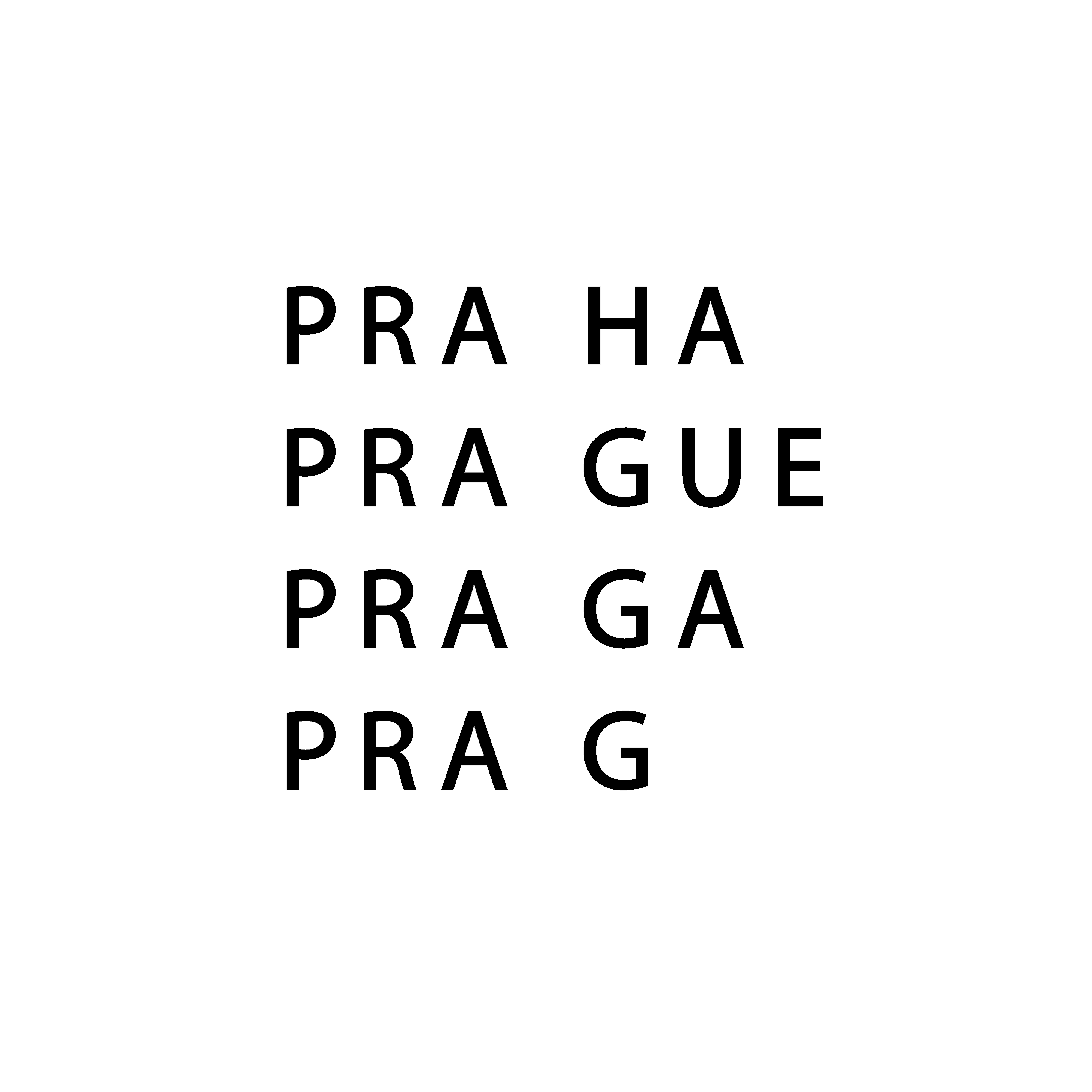Are Documentaries Documenting?
THE SECRETS OF DOCUMENTARY GENRE
AUTHOR: František eF. Horvát, Producer (Czechia)
Document vs. To Document
“The verb ‘to document’ refers to the act of recording, describing, or capturing information, events, processes, or details in a systematic and organized manner. Documentation can take various forms, such as written text, photographs, audio recordings, or videos, and serves the purpose of preserving information for reference, communication, analysis, or legal purposes. Documenting involves creating a record that can be used to convey, explain, or provide evidence of something. It is commonly employed in various fields, including business, research, education, and technical documentation.” (ChatGPT 3.5, 7 Jan 2024)
For the introduction to this chapter, I asked AI for a dictionary definition of the verb ‘ to document.’ Although the noun and verb are clearly related, do they actually mean the same thing? The longer I’ve been working in the field of audiovisual media, the more I feel that the word in question and its connotations bound us in an endless cycle. Are documentaries indeed “evidence” or “records”?


Some documentary films at the very beginnings of cinematography captured a brief moment in time; nowadays, we would call these “newsreels”. In 1922, the film Nanook of the North by the pioneer of the documentary genre, Robert Flaherty, received a similar label. Flaherty not only presented us with several scenes from the life of Eskimos beyond the Arctic Circle but also gave the film a coherent narrative structure and insight into the life of an Inuit family. However, the audiences eventually learned that Flaherty had selected only the members of the tribe who most closely corresponded to the established stereotypes and that he had changed some of their names to make them easier to remember by the Western audiences. Despite the fact that Nanook is not a faithful “record” or “evidence”, we continue to call it a “documentary.”
Defining a Documentary
So, what would be a proper definition of a “documentary”? Is it a film giving evidence of real events? In such a case, Titanic (1997) would classify as well, and yet we don’t include it. Or is it a film telling a story of real people? However, The Crown (2016–2023) does that as well.
“The creative treatment of actuality”—that’s how Scottish director John Grierson defined documentaries. This is likely the closest approximation of what we imagine under a “documentary”. Usually, we are aware that we’re watching real events and stories of real people—however, it’s through the lens of the given filmmaker and with the actors’ knowledge that they are being filmed.
In his legendary book, Introduction to Documentary, Bill Nichols expands and supplements the most general definitions of a documentary into a thesis, that “documentary films speak about actual situations or events and honor known facts; they do not introduce new, unverifiable ones. They speak directly about the historical world rather than the allegorical world.” He argues that “documentaries are about real people who do not play or perform roles.” Nichols further adds that “documentary tells a story that is a plausible representation of what happened rather than an imaginative interpretation of what might have happened.”
To Experience Someone Else’s Life Through Their Eyes
Then why do we make and watch documentaries? Why are you reading this right now? Why are there projects and initiatives like KineDok? Most likely because documentaries give us something that we may already be more familiar with from fiction films—they transport us to a different world and give us a glimpse of another’s life—they offer us a trip to another reality, often uncomfortable and complex without simple or clearly defined answers. We dive into a stranger’s life, knowing that there are short moments of fiction, selected points of view, specific camera framing, stylized editing, or post-production alterations of sound. However, we also watch such narratives with the strong belief that the documentary represents the slice of the selected reality in its rawest form with the least amount of such interventions possible.


I always start my lesson on film production by stating that “film is a collective work.” We all know how numerous crews of some films can be and how many people are involved in seemingly small and simple projects. However, the community aspect is integral to the film even after its completion—in distribution. Every public screening can also be described as a collective affair—a place for shared contemplation, reflection, inspiration, and, above all, discussion. Whether you meet in a cinema, café, gallery, or even on a boat, the time before, during, and after the screening gives us a unique opportunity to share with others.

KineDok could be considered a social network of sorts—it connects the filmmakers with those for whom their work is created, namely the viewers and fans of documentaries. While online you’d need to post comments or heart emojis, KineDok breaks down this barrier of anonymity and creates an opportunity for a live, open discussion incited by documentaries. The following pages aim to introduce KineDok as a platform for a shared experience in more detail. Our colleagues will guide you through community issues, technical aspects, program selection, working with the audience, and dealing with political and ethical topics that documentaries inherently open up. Then, it will be only up to you whether you decide to become one of the influencers on this unique platform.

Influencers, watching and sharing
If we stick to the social network metaphor, KineDok is an open venue for new influencers—active individuals who seek stimulating discussions to get new opinions and perspectives on the world. And what better means of achieving that than by experiencing someone else’s life through the said person’s eyes? KineDok screenings have already taken place in a variety of venues—on the aforementioned boat, in senior centers, or even in prisons, to give a few examples. The audience was not that concerned about the venue. According to the organizers, the point was to meet and share the experience with others. However, the screenings have also found their audience in more familiar locations, such as cafés, galleries, or libraries. The annual selection of films provides the viewers with a much sought-after alternative to the often stereotypical program of regular cinemas. The experience of the venue managers—the “influencers” of KineDok, shows that people seek an alternative to mindless and needlessly aggressive online debates and wish to engage in a meaningful and open dialogue.

As a producer, my door is open to anyone who believes themselves a creator—regardless of whether they have higher education in the field or whether they have extensive, or little to no experience. What’s important to me is the topic they want to open and discuss. KineDok follows the same principles. It doesn’t matter if you are a high school student or a member of a senior club—the important thing is that you want to tell stories and grow and develop your skills.
Whether your goal is to spark a debate, attract new audiences to documentary screenings, engage in meaningful conversations, or “just watch good films,” you can become a member of this platform. You won’t be alone—the creators, guests, or moderators will often join the screenings. You’ll also have this comprehensive guide to KineDok at your disposal. We likely won’t be able to show you the full scope, which cannot be passed on in any other way than by experiencing it yourself. It’s the same thing with documentaries.
Real world
To conclude this musing, I turned to AI once again and asked:If you had to replace the term documentary film with something more appropriate, what would it be?
The answer was:
If I had to replace the term “documentary film” with a more appropriate term that preserves the essence of the genre, I would choose the term “real film” or “real world film.”
I’m glad that KineDok can bring real films to the real world.
And I’ll be overjoyed if, after reading this, you’ll decide to join as well.
Notes and Sources
AUTHOR: František eF. Horvát, Producer, Czechia
GRIERSON, Herbert John Clifford, 1946. Grierson on Documentary. London: Collins. ISBN 978-0571113675.
NICHOLS, Bill, 2022. Introduction to Documentary. Second Edition. Bloomington, Indiana: Indiana University Press ISBN 978-0253222602.
OPENAI. ChatGPT-4 [AI program]. OpenAI, 2023 [cit. 2024-1-7]. Available on: https://openai.com/blog/chatgpt
Základy dokumentárního filmu, 2012. Člověk v tísni. ISBN 978-80-87456-24-8.
PHOTOS:
GLISNÍKOVÁ Lenka; PISKAČOVÁ Radka a Barbora TRNKOVÁ
I Miss You, Marius (film still)
We live the documentary film, be there with us.
Start each month with a fresh dose of information. Subscribe to the newsletter.
I hereby consent to the processing of the personal data.










